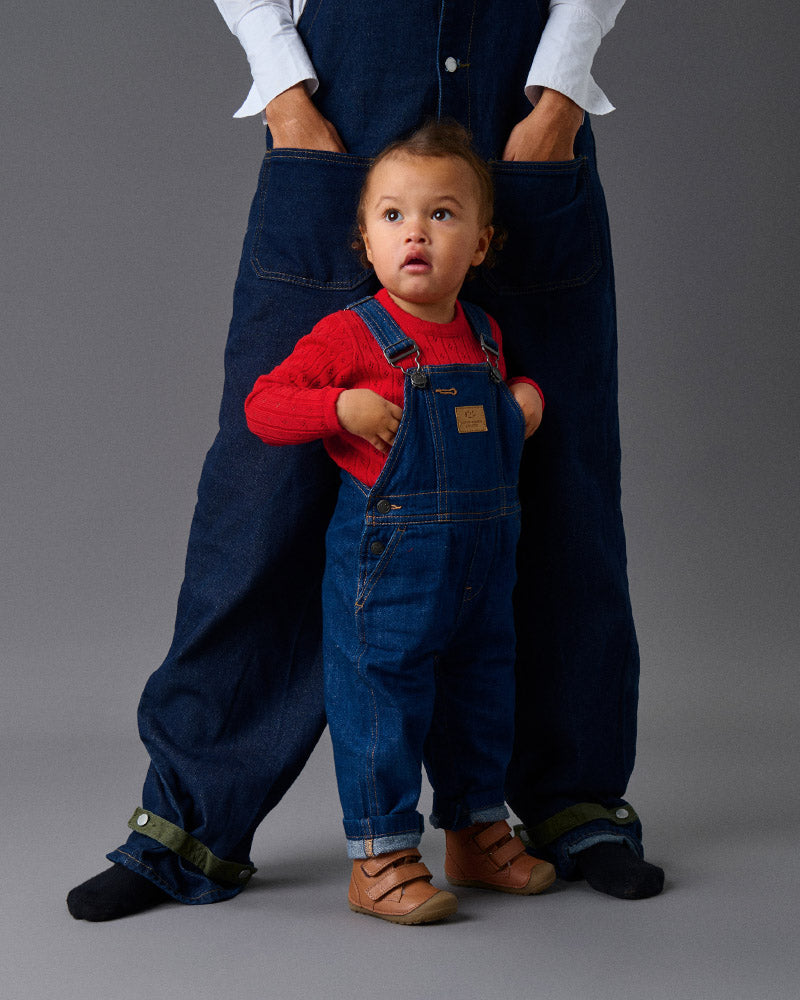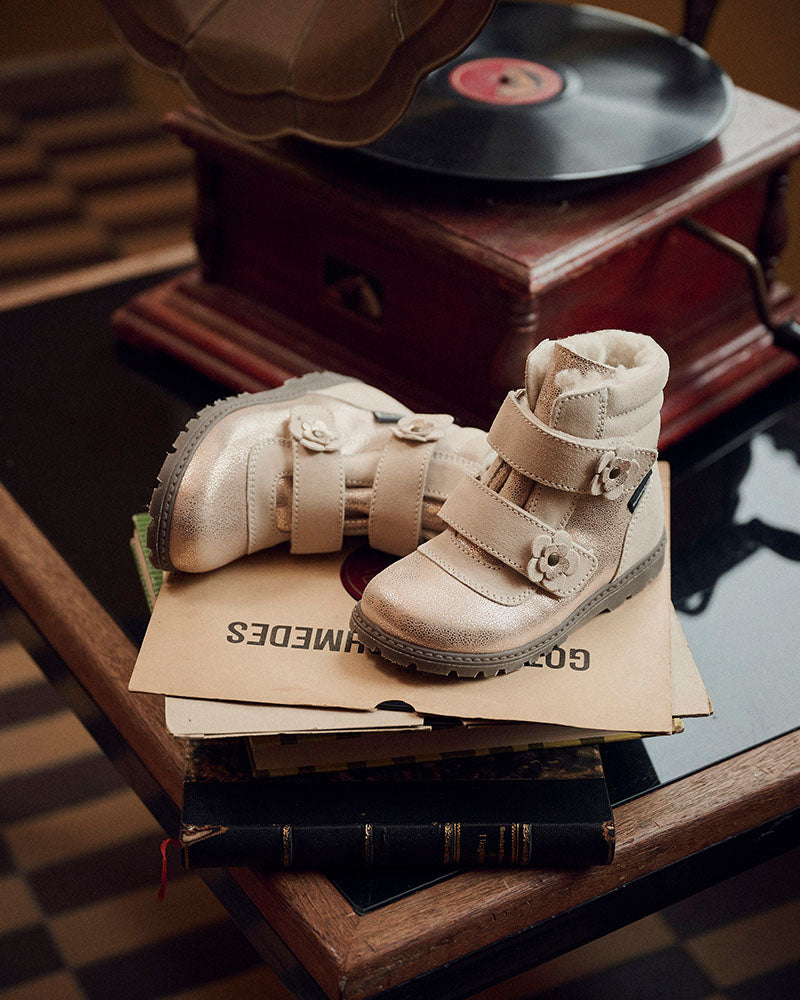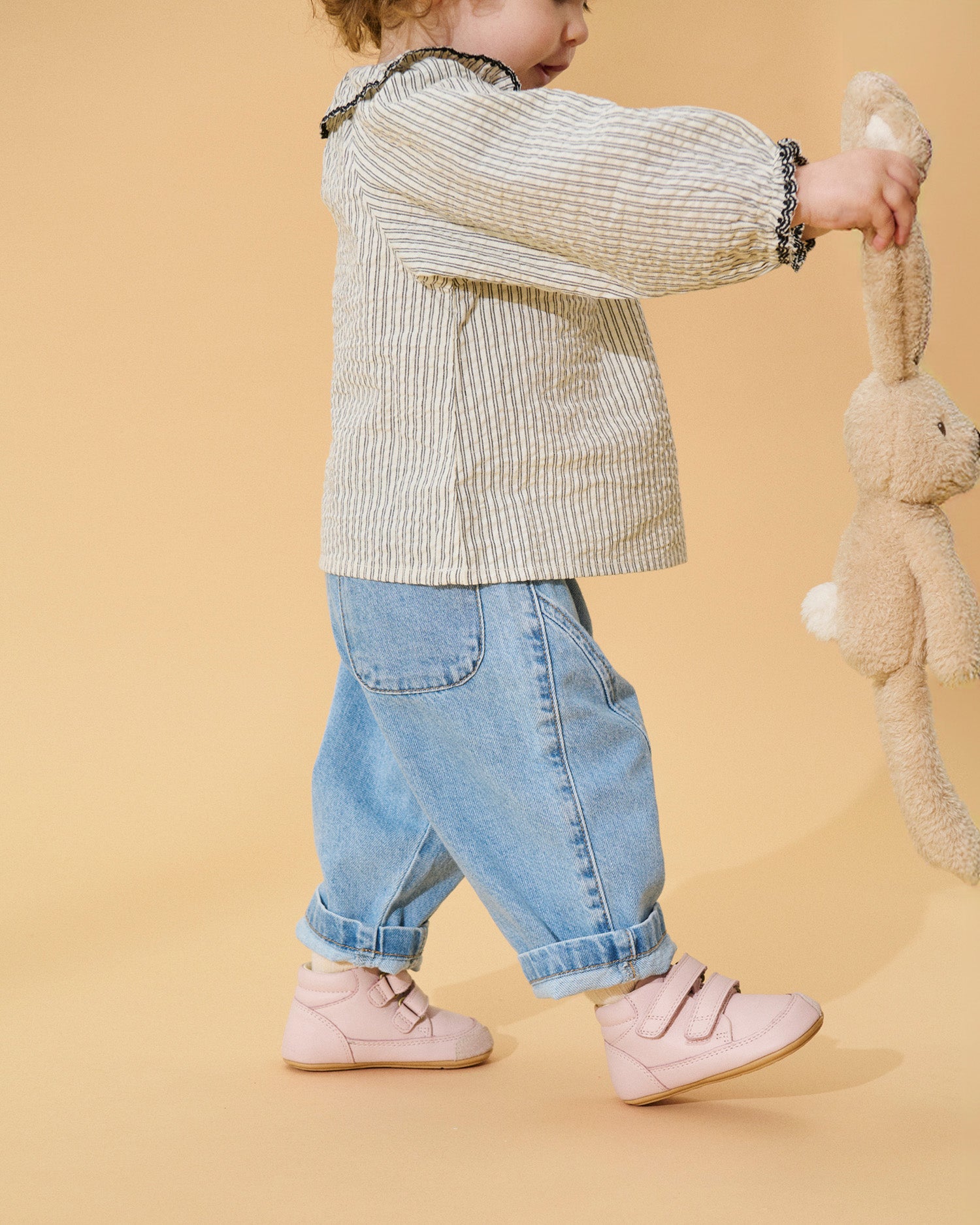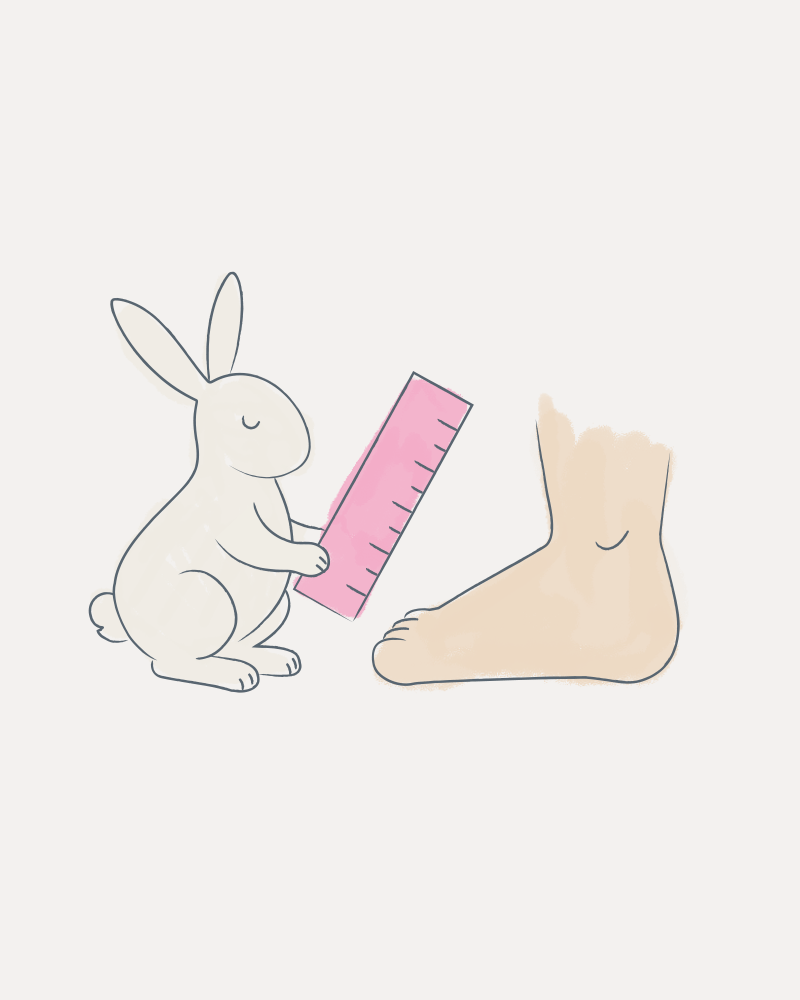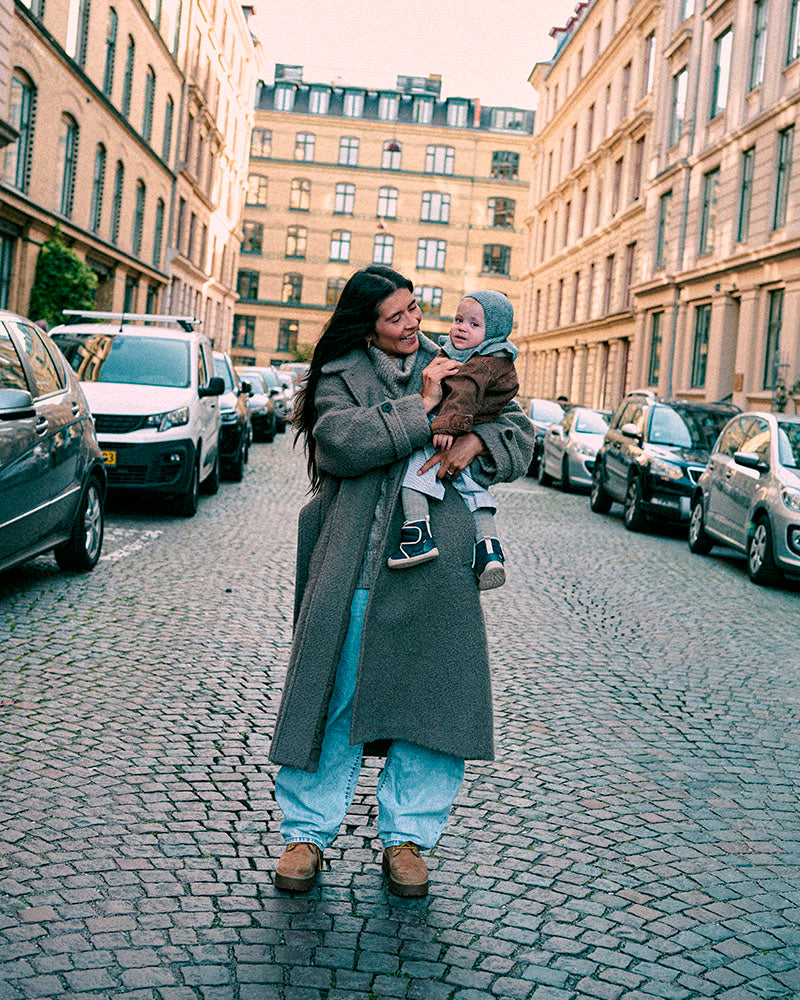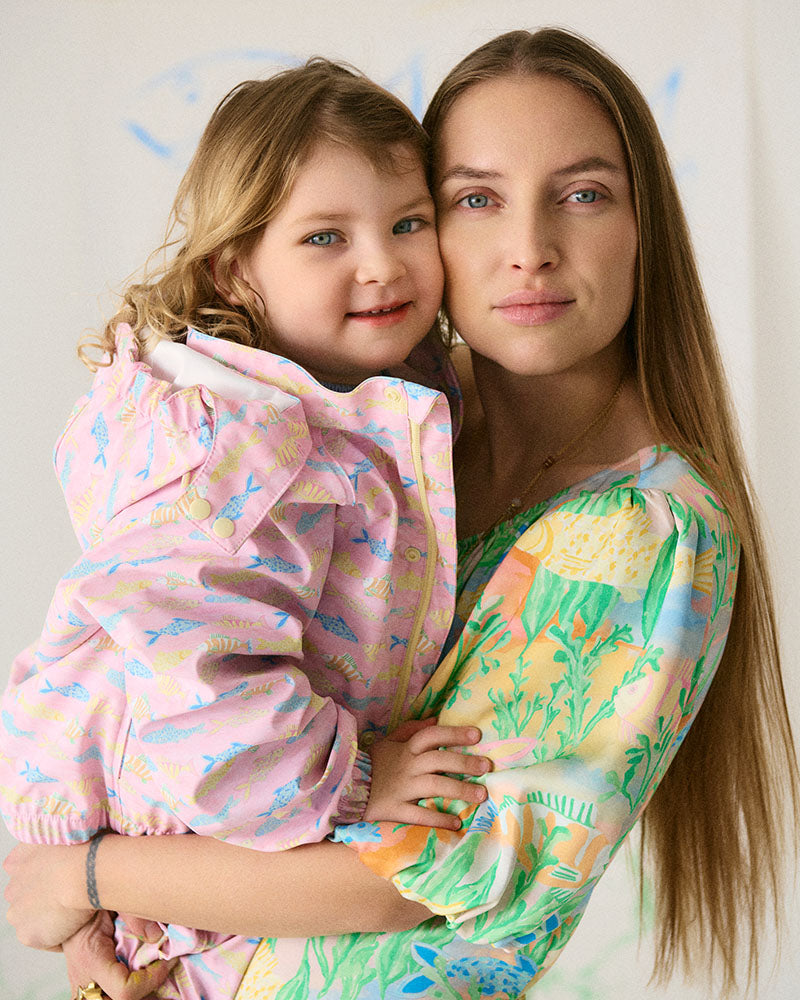Guide to beginner shoes for children
Your child's first shoe isn't just a matter of style and design, it's an investment in their health and well-being. The first steps in the right shoes can have a decisive impact on the development of your child's feet and create the optimal foundation for a healthy future.

Room for the toes
Children's feet are not just miniature versions of adult feet. They go through an intensive development phase. That's why it's crucial to choose children's shoes that support and encourage the natural movement of their feet. Feet are made up of complex structures including bones, muscles, tendons and ligaments. Children shouldn't wear shoes until they start to take their first steps. However, it is important that the shoes do not inhibit the natural movement and development of these structures, but rather support and protect them. At Bundgaard, all our beginner shoes are therefore made with a wide fit that leaves room for the toes to spread. All of our beginner shoes are designed with a focus on mimicking the feeling of walking barefoot while providing ultimate protection and comfort.
Support for the foot
Beginners' shoes should therefore be equipped with solid support for the foot and ankle while retaining sufficient flexibility. Too much rigid support can inhibit muscle development, while too much flexibility doesn't provide enough support. Finding the right compromise is essential to promote healthy development. Bundgaard's beginner shoes are developed on our very own thoroughly tested soles that are ultra soft and flexible while ensuring the right support when your child takes their first steps.

Feet must be able to breathe
Breathable material in the shoes is also crucial, as children's sweat glands are more active. This reduces the risk of bacterial growth and ensures that feet remain comfortable even during play and activity.
Choose the right size
Getting your child used to wearing the right size shoe is a lifelong habit that is not only about comfort, but also about health. Shoes that are too small can lead to deformation of the feet, while shoes that are too big can affect balance and gait. It is therefore recommended to measure your child's feet regularly and adjust the shoe size as they grow to ensure their feet have enough room to spread their toes as they grow. We always recommend a 10-12 mm growth allowance.
